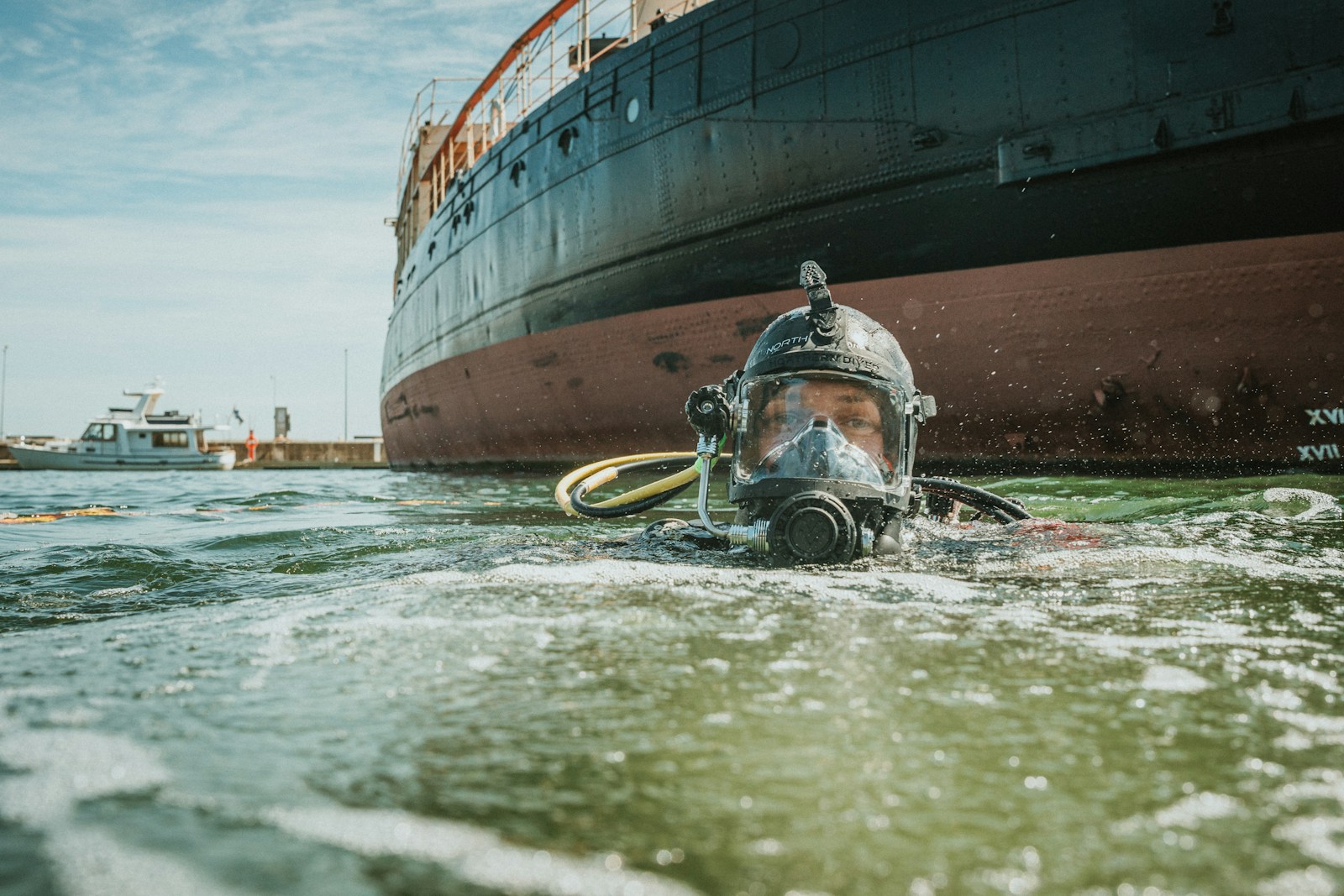Maritime Environmental Liability and State Accountability

Introduction
The recent sinking of MSC Elsa, a Liberian-flagged cargo vessel off the coast of Kochi, has raised significant concerns for India’s environment and legal frameworks. The ship is said to have spilled oil and contained freight such as calcium carbide, diesel, furnace oil, and plastic pellets. These actions forced the Kerala High Court to get involved. The case raises important issues regarding maritime environmental liability, disaster preparedness planning, and the responsibility of the State in preventing ecological damages and responding to them if they occur.
Environmental Liability in Maritime Accidents
Primary laws dealing with cross-border spill events in domestic waters focus on international treaties within maritime law as well as national legislation.
In India, the Merchant Shipping Act, 1958 holds ship owners accountable for oil pollution damage (Sections 352J–352N), in line with the CLC Convention, 1969. Further, under the Environment (Protection) Act, 1986, and disaster management laws, the State has a proactive duty to prevent, mitigate, and respond to pollution threats, especially those resulting from hazardous cargo. The Polluter Pays Principle and Precautionary Principle, recognized under Indian environmental jurisprudence, guide the enforcement of liability and recovery.
The Case: T. N. Prathapan v. Union of India & Ors.
Filed by former MP T. N. Prathapan, the PIL highlights the absence of transparency and preparedness following the sinking of MSC Elsa. The Kerala High Court, directed the State to:
- Disclose the full list of hazardous cargo;
- Assess and publish the environmental impact;
- Ensure clean-up and containment measures;
- Compensate affected fisherfolk under applicable laws.
The petitioner emphasized that 13 containers of calcium carbide—a hazardous substance that emits toxic gas on water contact—along with hundreds of tonnes of oil, had leaked, severely affecting marine life and coastal communities. The incident occurred just before the monsoon fishing ban, economically devastating lakhs of fisherfolk.
Legal and Policy Failures Identified
- No oil spill contingency plan was in place despite mandates under the National Oil Spill Disaster Contingency Plan (NOSDCP).
- Delayed government response, with clean-up operations initiated only days later using volunteers.
- Lack of public communication about the risks of chemical exposure and microplastics.
The Court’s direction reflects a push towards greater state accountability in environmental disasters, especially where preventive action was legally required but not taken.
Conclusion
India’s lack of strong governance surrounding marine ecology is revealed through the MSC Elsa case. There exists distinct gaps between legal frameworks and their enforcement—these gaps have had dire consequences for vulnerable communities which, thanks to judicial intervention at least enjoy some rights to environmental protection eligibility safeguards and livelihood response mechanisms relief expenses.
By entering the email address you agree to our Privacy Policy.